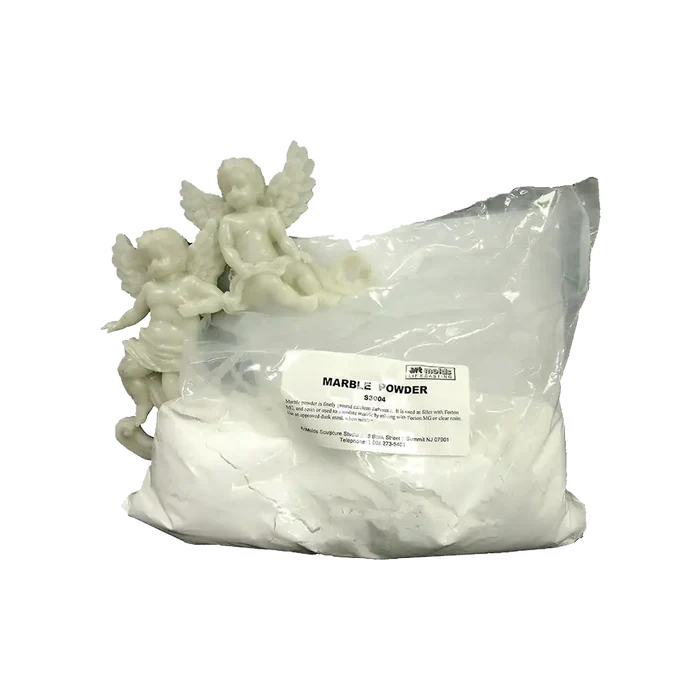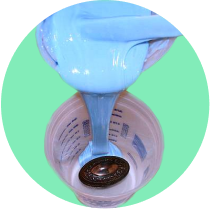
Marble Powder 325-mesh
How to Use Marble Powder
Marble or other stone powders are added to polyester resin, polyurethane resin, epoxy, gypsum cement or other binders. Small objects are cast and cured in suitable molds. To conserve marble or stone powders when casting large pieces you can dust (salt) the mold surface, brush a thin coating on the surface, spread or roll the powder on or spray a thin coating. The mold is then back filled with resin or fiberglass, iron or steel shot, sand or calcium carbonate to increase the weight to give it the heft and feel of a hot foundry ‘pour.’ You can also lighten the piece by added hollow glass beads to your back up casting mix.
After curing and removal from the mold the object must be gently abraded or burnished with fine steel wool (triple 0 grade), a Scotch Brite® pad, or sand blasted to remove the microscopic film of binder from the surface of the metal particles. This exposes the pure metal beneath. Click here to download information of creating cold casting pieces. The object will have the authentic look and feel of a marble carving. That is because the surface is now true marble.
Create a Superior Home Made Gesso
For a superior gesso, you can mix right at home, to produce a brilliant application to the surface of your castings, you can use marble powder combined with white glue. Use the formula of 2-parts PVA glue ( such as Elmer’s ), 4-parts water, and 8-parts marble powder. To make it a bright white marble, add 1-part powdered titanium or zinc white pigment. If you want to thicken your gesso to cover flaws more thorougly, simply add in more powdered marble.










